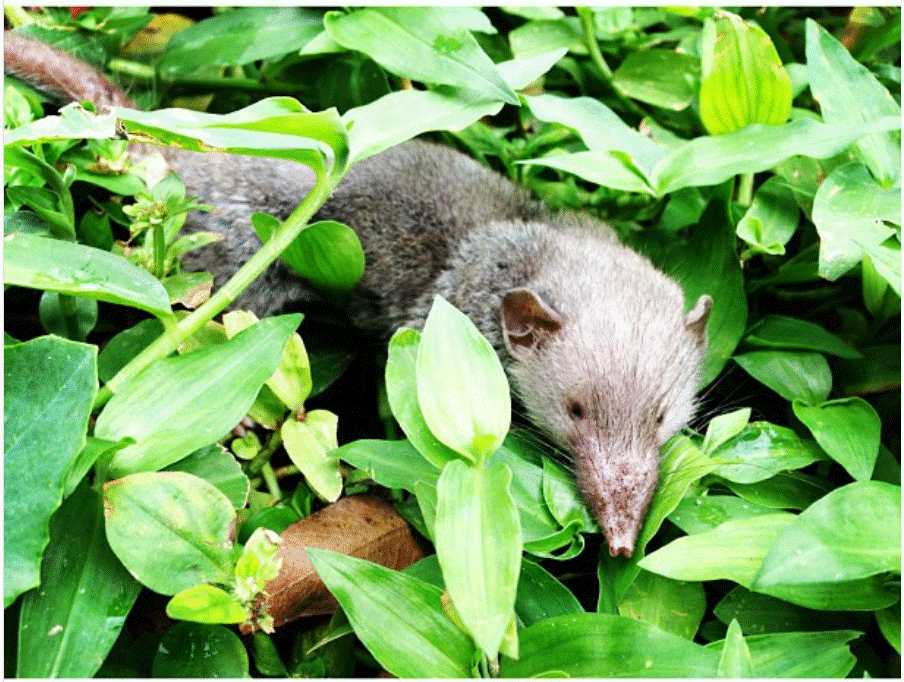News

Is the House Shrew Novel Animal in Torpor and Hibernation Studies?
Unriddling the mechanism behind torpor and hibernation is of interest and could be medically beneficial in treating many species including humans. Mice have been used as study animals of torpor and they only enter torpor when challenged with food deprivation or a combination of cold surroundings and food deprivation. The house musk shrew (Suncus murinus) has shown intermittent low body temperature without food restriction and short light period. The purpose of a recent study was to determine if the House musk shrew could be a novel animal for these kinds of studies.
Temperature recorded in 15 house musk shrews
Scientist from the Laboratory of Veterinary Physiology, The Institute for Glyco-core Research (iGCORE), and Laboratory of Veterinary Surgery at Gifu University, Japan, implanted Star-Oddi’s micro-T temperature loggers in 6 male and 9 female house musk shrews. The loggers were set to record temperature every 10 minutes for the duration of the study.
Clear drops in temperatures but no obvious circadian rhythm seen
At 30°C no obvious temperature drops were observed in any of the animals. When the house musk shrews were kept at 24°C three different temperature patterns were observed. Four animals showed a relative constant temperature throughout the light-dark cycle, while the other animals showed drop in temperature, but no clear circadian rhythms. Temperatures between 24°C and 8°C effectively brought on torpor.
House musk shrews were shown to be a potential animal model for daily torpor studies
It is plausible to believe that ambient temperature affects how quickly body temperature drops, even if deliberate depression of metabolic rate is a typical occurrence regardless of ambient temperature. When the surrounding temperature was cold it attributed to rapid drop in body temperature and the rate was higher when multiple peaks showed in the measurements. In the animals that were submitted to cold acclimation protocol (stepwise reduction of the surrounding temperature), there was a clear evidence of torpor at 24°C ambient temperature.
It was noticeable that House musk shrews go into torpor without fasting procedures or short daylight condition. It seems that it was sufficient to put the House musk shrews into moderately cold environment to induce torpor. This makes the house musk shrew an interesting study animal to study endogenous mechanisms related to circadian rhythm that drives torpor.
The article was published in Biomedical Research (Tokyo) and can be accessed here
